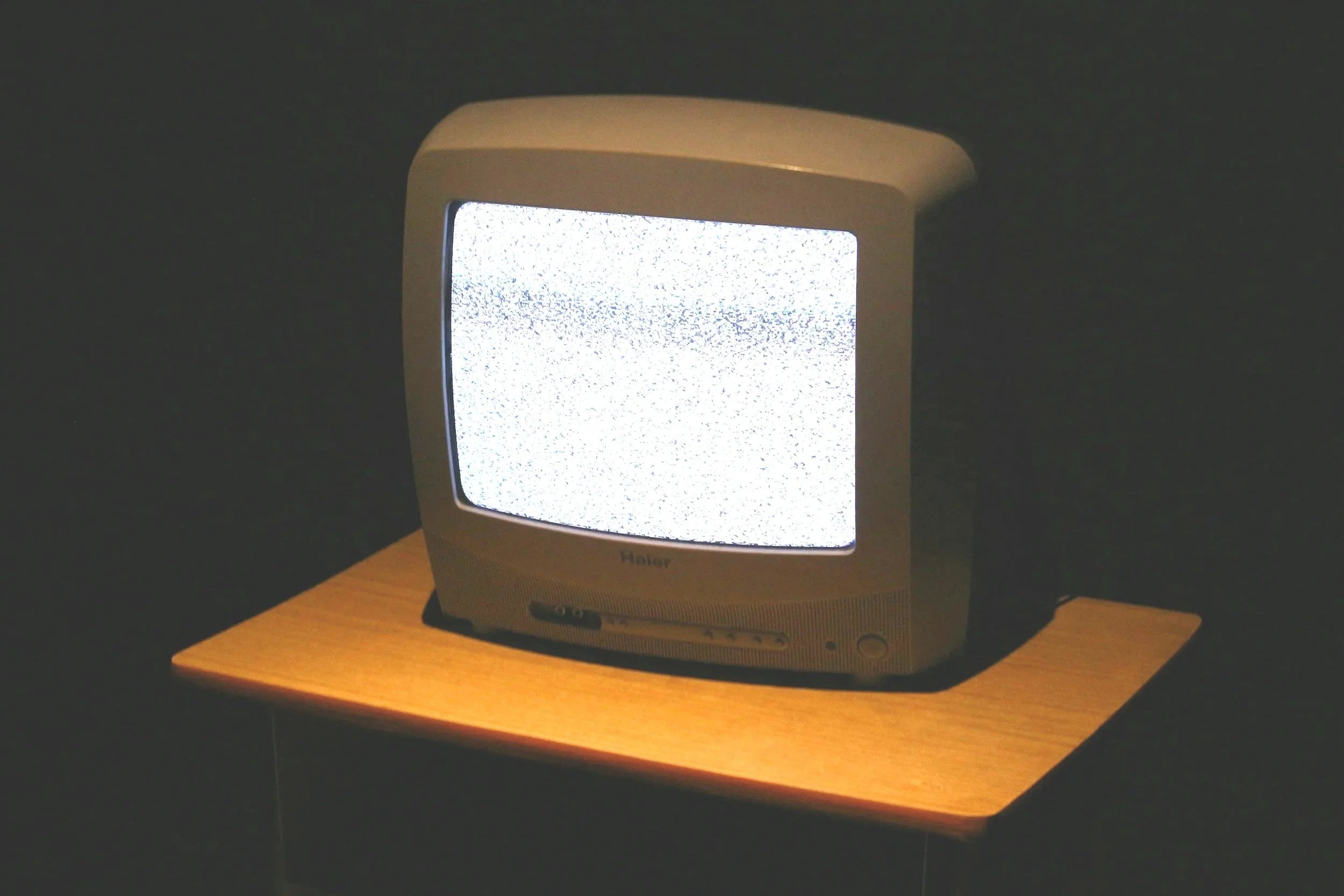Recovery and hunger: How to rebuild trust with your body
It’s a natural concept: We feel hunger pangs in our stomach or elsewhere, signaling us that it’s time to eat. We respond to these pangs by eating, and then they go away. Simple enough, right? Unless these innate signals go haywire in a person who has an eating disorder. All of a sudden, we might not experience hunger signals at all; they may become unrecognizable, or they may take other forms.
Disordered eating patterns hijack our natural hunger cues, disconnecting us from our body’s internal nourishment system. This can complicate how we detect hunger and whether that hunger is physical or caused by something else, like emotions or our mental state.
When hunger strikes in its chosen form, we might ignore it, fear it, or be unable to tell if it’s real. The confusion and fear that come with not knowing whether or why you’re hungry can impede recovery.
This post will:
examine the phenomenon of hunger,
explore how hunger works physically and emotionally, and
uncover how emotional hunger plays such a powerful role in eating disorders and recovery.
What is hunger?
In its simplest form, hunger is a physiological warning sign that tells your body it needs nourishment (i.e., energy to perform its necessary functions). Hunger usually develops gradually between meals. Symptoms of hunger can include:
a growling stomach
fatigue
difficulty concentrating
irritability
headaches
Feeling hunger is a deeply rooted biological process that has developed over millennia to help us survive. Hunger is the way our bodies signal we need energy and fuel for the most basic activities, even sitting on the sofa to watch TV.
Physical hunger vs. emotional hunger
Before I started recovery, I had no idea there were different types of hunger. I thought hunger was strictly defined as the growling sensation I’d learned about as a child. But eventually I learned that it’s not uncommon to feel both physical hunger and emotional hunger, both in and out of recovery.
In the previous section, we explored the symptoms of physical hunger. Unlike these symptoms, emotional hunger can have a more rapid onset and is usually tied to specific foods.
Other characteristics of emotional hunger include:
Seeking particular foods to soothe uncomfortable feelings
Feeling persistent hunger after eating
Feeling guilt after eating
We might feel emotional hunger as a response to uncomfortable feelings like:
Loneliness
Shame
Anxiety
Boredom
Grief
Underneath these feelings, there is a need, sometimes for comfort. And often in these situations, food becomes the easiest way to self-soothe and relieve the discomfort that comes with these feelings.
Emotional eating isn’t a sign of failure or moral ineptitude. It’s a natural way humans seek comfort. If food feels like a safe and available way to find comfort when you’re struggling, it can be a helpful practice to get curious about what you’re really feeling, and practice compassion (rather than judgment) for having emotional cravings.
How we learn to mistrust hunger
These days, it’s nearly impossible to dodge the messages hurled toward us, trying to convince us that we’re not enough just as we are. Diet culture teaches us that restriction is a virtue. How many times have you heard someone humble-brag about how long they’ve gone without eating?
On top of this, food morality has become an accepted conversation topic. Somewhere along the way, certain foods gained the universal reputation for being “bad” while others are considered “good.” These arbitrary rules teach us we can’t enjoy food without feeling pride or shame in our decisions.
When we break one of these culturally accepted food rules, we might feel guilty about it. After all, in a society that idealizes thinness, we’re supposed to aspire to this ideal. If we do, we have discipline, and if we don’t, we have no willpower.
We can become disconnected from our hunger cues due to any of the following:
Trauma. According to a study published in the Journal of Eating Disorders, trauma-induced stress can disrupt the body’s ability to regulate hunger and fullness. This can lead to coping mechanisms like restriction, a lack of appetite, and stress-related eating behaviors.
Anxiety. In chaos, the desire for control is one way we seek stability. With regard to eating behaviors, this can look like only eating at certain times, skipping meals, or using distraction techniques to ignore hunger.
Strict food rules. When we limit ourselves to eating only at specific times and in specific amounts, we might start to question hunger if it pops up outside of our normal routine. We also might not allow ourselves to eat unless we “earn” it through exercise or long periods of restriction.
How disordered eating confuses hunger cues
When we restrict our food, our body learns to suppress hunger cues as a response to coping with scarcity. This makes it increasingly difficult to recognize physical hunger.
Eating disorders can cause us to ignore or mistrust our body’s hunger cues, rendering them blunted or entirely absent. This disconnect can persist even after nutrition therapy begins. When this happens, we must be intentional about practicing reconnecting with and trusting our body’s hunger cues.
During recovery, it can be confusing to determine what sensations may be related to hunger and satiety and what may be the cause of something else. This is normal—our bodies are working to regain trust in our ability (and willingness) to give it what it needs.
How to recognize and honor hunger signals
If we’ve been dulling or ignoring our hunger cues for a while, it will take time to re-establish our ability to notice hunger and learn how to trust our bodies again.
When I started recovery, I learned that hunger is much more than a rumbling stomach. It can show up as fatigue, mental fogginess, difficult concentrating, and headaches. Now, when I feel some of these subtler signs of hunger, I stop and evaluate whether these might be hunger or something else.
In early recovery, you may find your hunger cues to be absent or unreliable. This is when working with a professional nutritionist who specializes in eating disorders can be highly valuable. They can help you establish a regular eating routine, ensuring your body receives the necessary fuel while it rebuilds the communication between your body and your brain.
Here are a few other ways to acknowledge hunger and honor your hunger cues in recovery:
Check in with yourself. If you’re unsure about what you’re feeling, ask yourself:
What am I feeling physically?
What am I feeling emotionally?
Why does my body or mind really need right now?
Keep a hunger journal. This is not the same thing as a food journal, and it should not be used to keep track of what you eat. Instead, writing about your hunger can help you identify patterns in hunger and fullness. By recording what you observe before and after eating, including physical and emotional symptoms, you can start to paint a picture of what sensations are linked to appetite and how to approach hunger with more compassion.
On reconnecting with your body
As much as eating disorders would like to protest, honoring your hunger cues isn’t a weakness; it’s a sign of self-respect and self-care. This protective survival mechanism works to support your daily metabolism so you can do the things you love.
As you begin to nourish your body, you can recover your body’s natural hunger cues and rebuild trust that your body will alert you when you’re hungry and when you’re full. It requires consistent practice, but with time, your body will learn how to recognize hunger and you’ll feel comfortable giving it what it needs.
What have you noticed about hunger in your life? Share in the comments. ⬇️
Want more recovery tools to help you rebuild trust with your body?
Subscribe to my newsletter! 📰
Pause & Prompt
What hunger feels like for me…
When I feel hungry, I…






How to balance healing vs. falling into old habits.